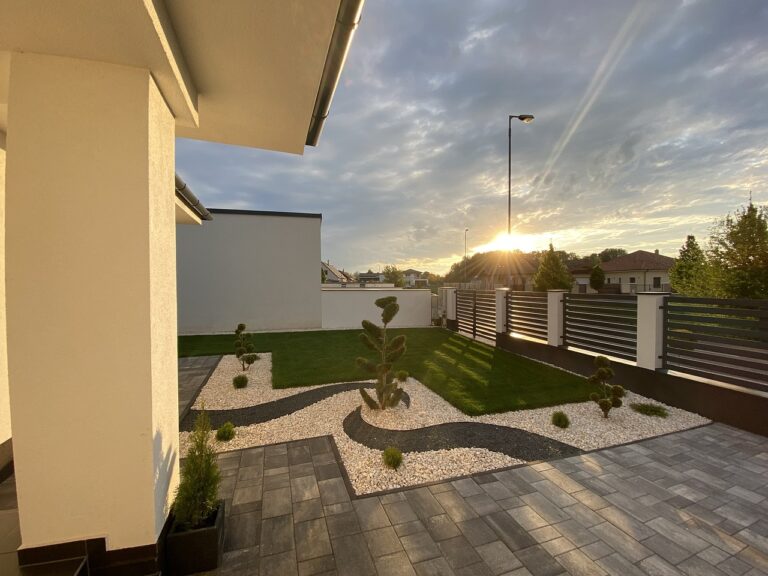The Importance of Proper Attic Ventilation
Effective attic ventilation is crucial for maintaining the health and integrity of a home’s structure. Without proper ventilation, excessive moisture can accumulate in the attic, leading to a host of issues such as mold growth, wood rot, and deterioration of insulation. This can not only compromise the structural integrity of the roof but also impact the overall indoor air quality of the home. By promoting the circulation of air in the attic, ventilation helps to regulate temperature, reduce humidity levels, and prevent condensation, which can extend the lifespan of the roof and decrease the likelihood of costly repairs.
In addition to protecting the structural integrity of the home, adequate attic ventilation can also contribute to energy efficiency and cost savings. When hot air becomes trapped in the attic during the summer months, it can increase the overall temperature of the home, causing the air conditioning system to work harder to maintain a comfortable indoor climate. Proper ventilation allows hot air to escape, reducing the strain on the cooling system and lowering energy consumption. During the winter, ventilation helps to prevent ice dams from forming on the roof, which can lead to water damage and heat loss. By ensuring proper airflow in the attic, homeowners can improve energy efficiency and potentially lower utility bills.
Signs of Poor Attic Ventilation
One common sign of poor attic ventilation is the presence of condensation or moisture buildup in the attic space. This can lead to mold and mildew growth, which not only poses health risks but can also cause damage to the structure of the home. Additionally, if you notice a musty or unpleasant odor coming from the attic, it could be a sign of inadequate ventilation.
Another indicator of poor attic ventilation is an increase in energy costs. When an attic is not properly ventilated, it can trap hot air in the summer and cold air in the winter, causing your HVAC system to work harder to maintain a comfortable temperature in your home. This can result in higher energy bills as your system struggles to compensate for the lack of proper airflow in the attic.







